
Understanding the Benefits and Applications of Iron Castor Wheels in Everyday Life
Iron Castor Wheels are an unsung hero in various industrial and domestic applications, providing resilience and reliability that are critical for mobility needs. According to a recent market research report published by MarketsandMarkets, the global caster wheels market is projected to grow from $2.1 billion in 2022 to $2.9 billion by 2027, highlighting a significant demand for durable solutions like iron castor wheels. These wheels boast impressive load capacities, often exceeding 1000 pounds, making them ideal for heavy-duty applications such as material handling, manufacturing, and transportation.
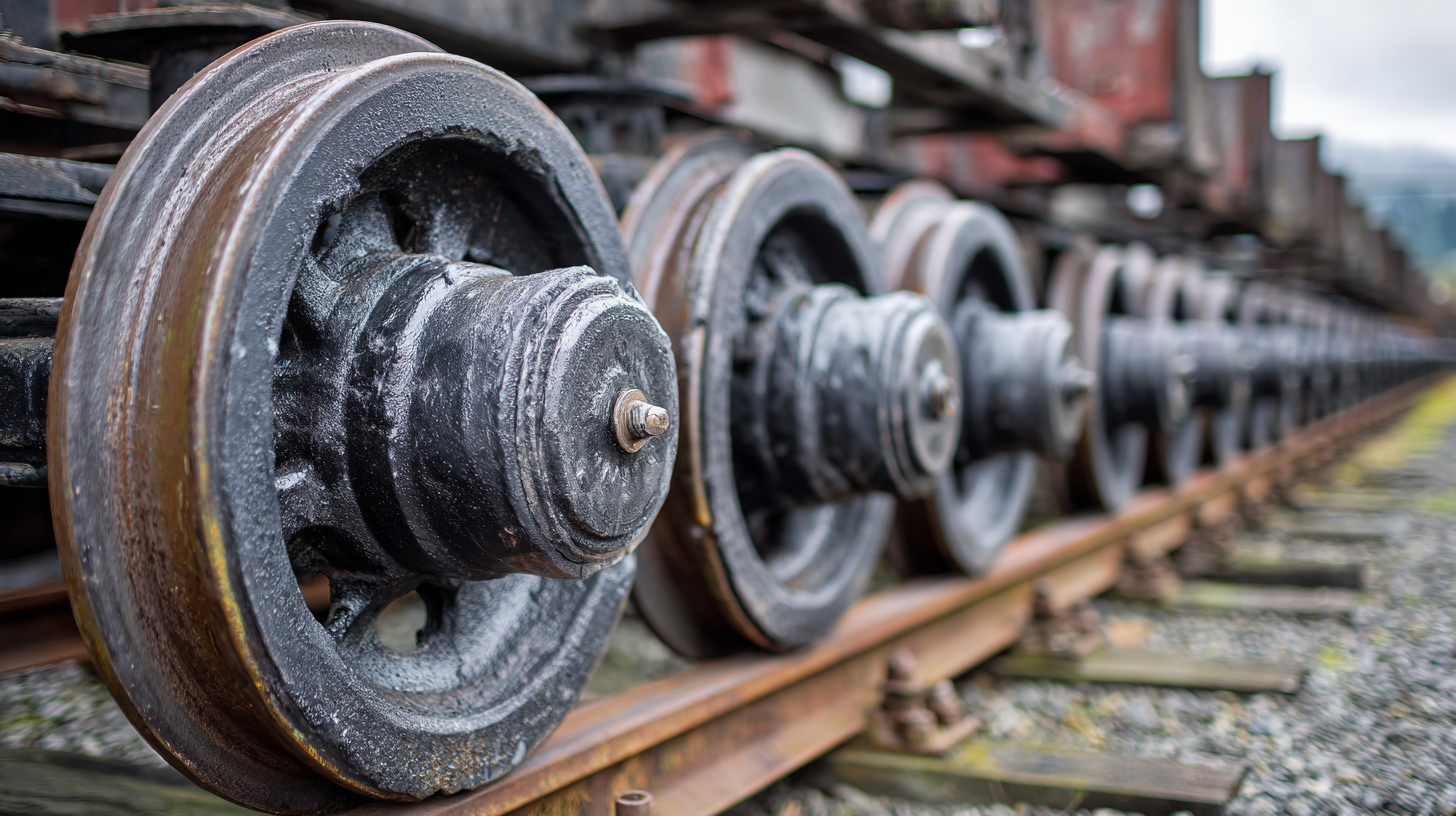
Their robust construction not only ensures longevity but also enhances safety by minimizing the risks associated with equipment movement. In this article, we will delve into the myriad benefits and practical applications of iron castor wheels in everyday life, exploring how they contribute to efficiency and effectiveness across various sectors.
Benefits of Iron Castor Wheels in Heavy-Duty Applications: Performance Metrics and Load Capacities
Iron castor wheels are indispensable components in heavy-duty applications, offering superior performance metrics and impressive load capacities. According to a report from the Material Handling Industry of America, iron castor wheels exhibit a load capacity ranging from 1,200 to 8,000 pounds depending on their diameter and design. This capability makes them ideal for industries such as manufacturing and logistics, where transporting heavy equipment and materials is a routine necessity.
Moreover, the durability of iron castor wheels significantly contributes to their performance in demanding environments. The American Society for Testing and Materials (ASTM) specifies standards for the hardness and strength of materials used in these wheels, ensuring they can withstand high stress and abrasion. In practical applications, these wheels have been shown to reduce operational downtime by up to 25% due to their resilience, which translates into fewer replacements and maintenance costs. This combination of strength and longevity positions iron castor wheels as a vital asset in any heavy-duty operation.

Comparative Analysis: Iron Castor Wheels vs. Other Wheel Materials in Durability
When evaluating the durability of iron castor wheels compared to other materials like plastic or rubber, it's clear that iron outperforms in several key areas. Iron wheels are notably resistant to wear and tear, making them ideal for heavy-duty applications within industrial settings. They can withstand greater loads without compromising structural integrity, effectively reducing the frequency of replacements. This durability is beneficial for businesses looking to minimize operational costs and maximize efficiency.
**Tip:** When choosing castor wheels, consider the environment they'll be used in. Iron castor wheels, though robust, may not be ideal for environments that require reduced noise or softer flooring.
Additionally, iron castor wheels provide superior stability and traction, making them a preferred choice for trolleys and carts that need to navigate uneven surfaces. In contrast, other materials may deform under heavy loads, compromising safety and performance. The resilience of iron ensures that equipment remains functional, reducing downtime due to maintenance or repairs.
**Tip:** Inspect your castor wheels regularly to ensure they are performing at their best, especially if they are subjected to intensive use. Regular maintenance can significantly extend their lifespan.
Understanding the Benefits and Applications of Iron Castor Wheels in Everyday Life
This chart compares the durability of various types of wheels, illustrating that iron castor wheels significantly outperform other materials in longevity, making them ideal for heavy-duty applications.
Cost-Effectiveness of Iron Castor Wheels: Long-Term Savings and Maintenance Requirements
Iron castor wheels are increasingly recognized for their cost-effectiveness and long-term savings in various applications. According to a report from the Machinery and Equipment Manufacturers Association, investing in high-quality iron castor wheels can reduce replacement and maintenance costs by nearly 30% over their lifespan. This durability is especially important in commercial settings where heavy loads and frequent movement are the norms. Their robust construction not only withstands wear and tear but also requires minimal upkeep, thereby freeing up resources for other important tasks.
Tips: When choosing iron castor wheels, consider their load capacity and the surface they will be used on to maximize durability.
Furthermore, maintenance requirements for iron castor wheels are notably lower compared to alternatives like plastic or rubber wheels. A study by the National Institute of Standards and Technology suggests that due to their resistance to wear and lower friction, iron wheels can maintain optimal performance without the need for frequent lubrication, thus decreasing operational costs. This aspect not only saves time and money but also minimizes interruptions in workflow, enhancing overall productivity.
Tips: Regularly inspect your iron castor wheels for any signs of damage or irregular wear to ensure maximum efficiency and longevity.
Understanding the Benefits and Applications of Iron Castor Wheels in Everyday Life - Cost-Effectiveness of Iron Castor Wheels: Long-Term Savings and Maintenance Requirements
| Attribute | Details |
|---|---|
| Material | Iron |
| Durability | High resistance to wear and tear |
| Weight Capacity | 500 - 1000 lbs (depending on size) |
| Maintenance | Requires occasional lubrication; low maintenance costs |
| Lifespan | 10 - 20 years with proper care |
| Cost | $15 - $50 per wheel |
| Applications | Furniture, carts, industrial equipment |
| Advantages | Cost-effective, sturdy, suitable for rough surfaces |
| Environmental Impact | Recyclable material, low environmental footprint |
Real-World Applications: Industries Leveraging Iron Castor Wheels for Efficiency
Iron castor wheels are essential components in various industries, providing durability and strength for heavy loads. In manufacturing settings, these wheels are widely used on heavy machinery and carts, facilitating the smooth movement of materials and products along assembly lines. The robust construction of iron castor wheels allows them to withstand the rigorous demands of industrial environments, reducing wear and tear and ensuring longevity. Factories leveraging these wheels can significantly improve their operational efficiency, minimizing downtime caused by equipment failure.
In the logistics sector, iron castor wheels are crucial for freight and shipping containers, where mobility is vital for effective transportation. They enable easy maneuvering of loaded pallets and trolleys, ensuring swift movement within warehouses and distribution centers. Additionally, in the retail industry, shopping carts equipped with iron castor wheels enhance customer experience by allowing easy navigation through stores, carrying heavy items with ease. As industries continue to evolve, the practical applications of iron castor wheels remain integral to improving productivity and efficiency across various sectors.
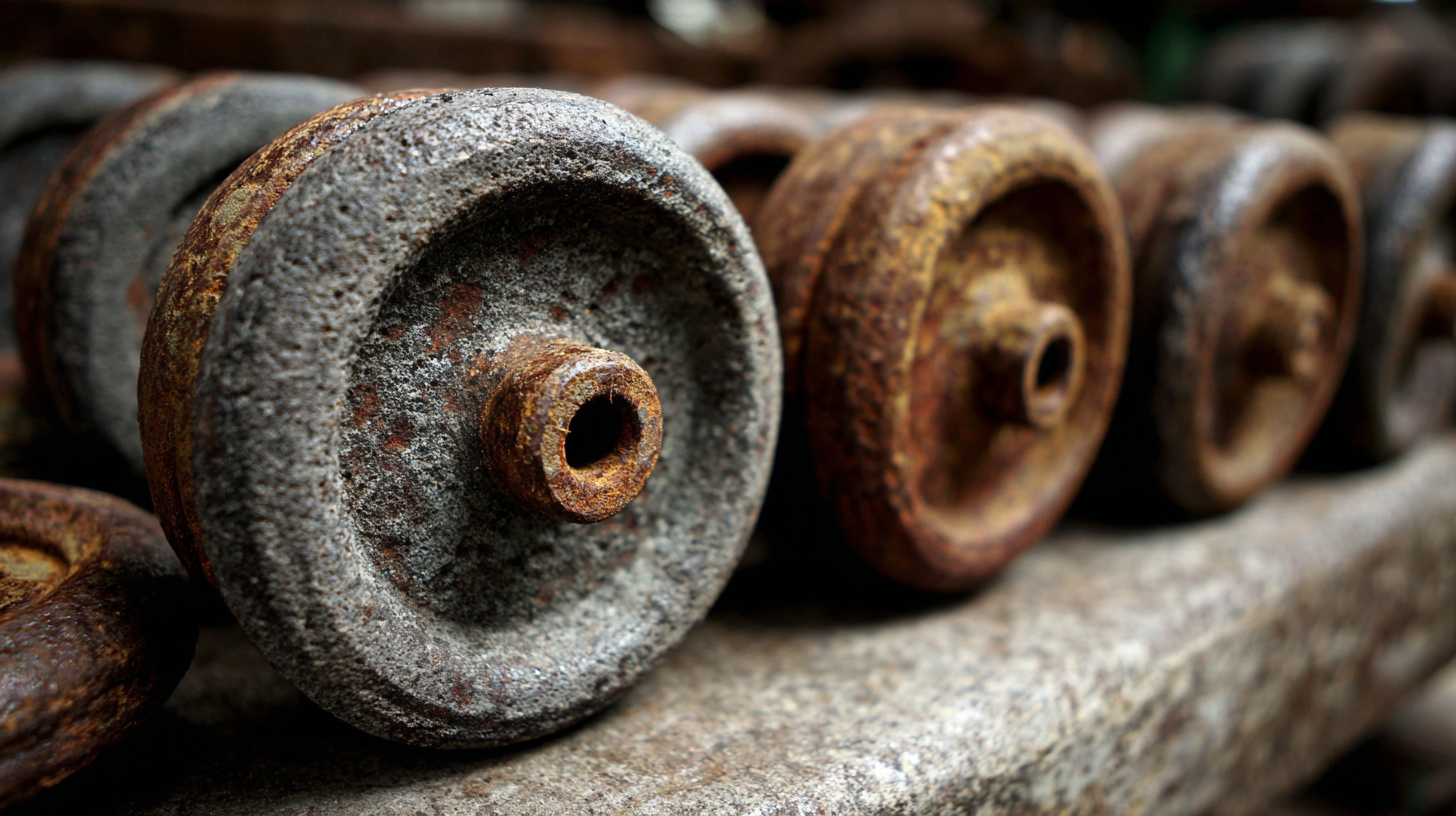
Environmental Impact of Iron Castor Wheel Manufacturing and Recycling Options
The manufacturing of iron caster wheels is a process that significantly impacts the environment, but there are recycling options available that can help mitigate these effects. According to the American Iron and Steel Institute, the steel industry is one of the largest contributors to greenhouse gas emissions, accounting for approximately 7% of global emissions. This poses a challenge for manufacturers who strive to balance product durability with environmental sustainability. However, advancements in recycling technologies are paving the way for a greener approach. In fact, approximately 68% of iron and steel produced in the U.S. comes from recycled scrap, according to the Institute of Scrap Recycling Industries.
Recycling iron caster wheels not only reduces landfill waste but also conserves natural resources. When recycled, scrap metal requires up to 74% less energy than creating new metal from ore. This energy efficiency is crucial in reducing overall carbon footprint. Additionally, creating a circular economy by reusing iron materials contributes to reduced raw material extraction, thereby lowering habitat destruction and resource depletion. The implementation of efficient recycling practices, alongside sustainable manufacturing techniques, is essential for minimizing the environmental impacts associated with iron caster wheel production.
Related Posts
-
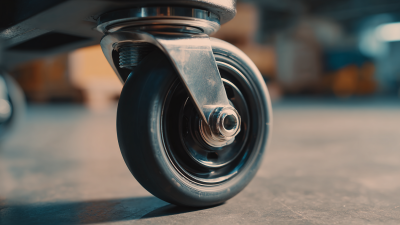
Exploring the Versatility of Swivel Plate Casters: Ultimate Guide to Choosing the Right Caster for Your Needs
-

Unlocking the Technical Specifications of the Best Globe Caster for Global Buyers
-
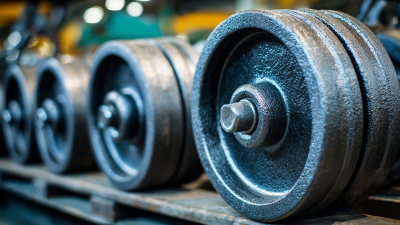
The Top 5 Benefits of Using Cast Iron Casters for Your Heavy-Duty Equipment
-

Understanding the Challenges of Heavy Caster Wheels in Industrial Applications
-

How to Choose the Right Iron Castor Wheels for Your Project
-
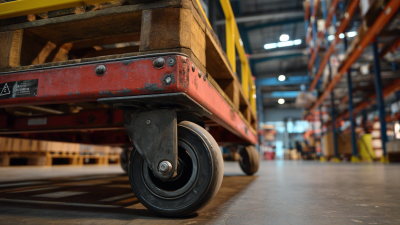
Maximizing Efficiency with the Best Caster Trolley in Your Operations
